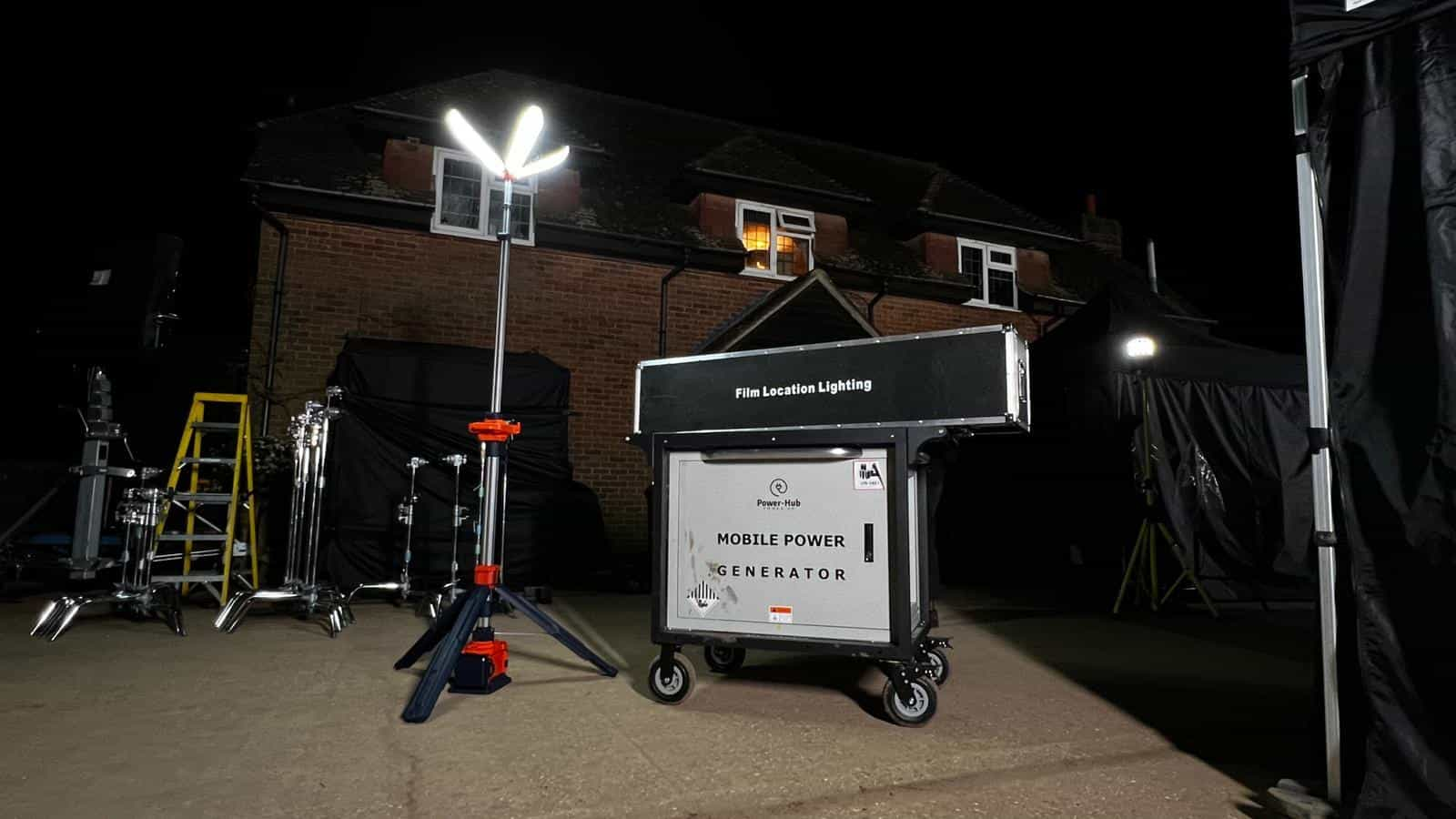
As the world continues to shift towards renewable energy sources, solar power is becoming an increasingly popular option for both residential and commercial applications. One of the key benefits of solar power generators is their ability to operate in remote locations or in the event of a power outage, making them a valuable resource for emergency preparedness. However, the safe and efficient operation of a solar power generator relies heavily on proper input and output power protection. In this article, we'll explore the importance of input and output power protection in solar power generators and the various measures that can be taken to ensure their safe operation.
Before delving into the importance of power protection, it's important to understand how solar power generators work. A solar power generator is essentially a system that converts sunlight into electricity using solar panels. The solar panels are made up of photovoltaic (PV) cells, which are responsible for converting sunlight into direct current (DC) electricity. This DC electricity is then converted into alternating current (AC) electricity using an inverter, which is then used to power various devices.
One of the most important aspects of ensuring the safe and efficient operation of a solar power generator is protecting the system from power surges or voltage spikes that can occur in the input power. Power surges can damage the solar panels, inverters, and other components of the system, leading to costly repairs or even the need for replacement.
To protect the system from power surges, a variety of measures can be taken. One of the most effective is the use of surge protectors. Surge protectors work by diverting excess voltage away from the system and grounding it, preventing it from damaging the solar panels or other components. In addition, installing a lightning protection system can also help to protect the solar power generator from lightning strikes, which can cause significant damage.
In addition to protecting the system from power surges in the input power, it's also important to protect the output power of the solar power generator. This is particularly important when it comes to ensuring the safety of people and equipment that may be connected to the system.
One of the key risks associated with the output power of a solar power generator is the potential for electrocution. To prevent this, it's important to ensure that all wiring and connections are properly installed and insulated. In addition, it's important to use equipment that is rated for the appropriate voltage and current levels, and to make sure that all equipment is properly grounded.
Another important aspect of output power protection is ensuring that the system is not overloading. Overloading can occur when too much demand is placed on the system, leading to excessive heat and potential damage. To prevent this, it's important to ensure that the system is properly sized for the anticipated load, and to avoid connecting devices that draw more power than the system can safely provide.
In conclusion, the safe and efficient operation of a solar power generator relies heavily on proper input and output power protection. Protecting the system from power surges, lightning strikes, and other potential risks in the input power is crucial for preventing damage to the solar panels, inverters, and other components. Similarly, protecting the output power of the system is important for ensuring the safety of people and equipment that may be connected to the system. By taking the appropriate measures to protect the input and output power of a solar power generator, you can ensure that it operates safely and efficiently for years to come.

